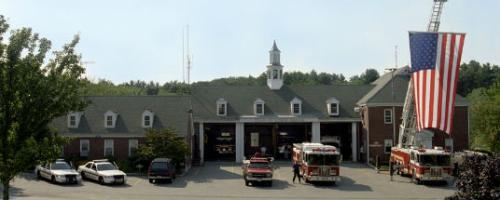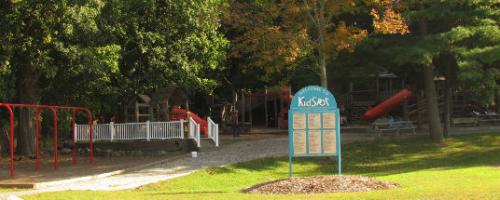Developing a Fire Escape Plan
Fire is a leading cause of preventable deaths in the home; but by being prepared to handle this emergency, you can help your family safely exit your home in the event of a fire. Fire safety and survival begins with everyone in your household being prepared. In the year studied, The State of Home Safety in America™ report found that only 54 percent of families with children have discussed what to do in case of a home fire. The Home Safety Council recommends the following guidelines for developing a home fire escape plan:
- Early warning is a key element of your fire escape plan. Every home needs working smoke alarms on each story and protecting every place that people sleep. The Home Safety Council recommends installing additional smoke alarms inside all sleeping rooms.
- Sketch out a floor plan of your home, including all rooms, windows, interior and exterior doors, stairways, fire escapes and smoke alarms. Make sure that every family member is familiar with the layout.
- Identify and remedy anything in your home that could possibly interfere with your ability to get out quickly in an emergency, such as windows that are stuck or heavy furniture blocking an exit.
- You need a primary and secondary exit. If you have a multi-story home, consider if you need to purchase fire escape ladders for upstairs bedrooms. If so, they should be part of your fire drill, deployed safely from a ground-floor window for practice.
- Push the “test button” on a smoke alarm to ensure everyone will recognize the sound of the alarm if it goes off.
- Select two escape routes from each room and mark them clearly on the plan.
- Ensure that family members with special needs, such as someone who is ill or frail, or small children, have a buddy to help them get out safely. If anyone in the household has a hearing impairment, purchase special smoke alarms that use strobes and/or vibrations to signal a fire.
- Designate a place to meet outside so that everyone can be accounted and someone can be assigned to go to a neighbor's to call 911.
- Make copies of the escape plan sketches and post them in each room until everyone becomes familiar with them.
- Practice makes perfect. Every second counts during a real fire. Hold family fire drills frequently and at various times until the escape plans become second nature. Once you’ve mastered the escape process, hold a drill when family members are sleeping so you can test each family member’s ability to waken and respond to the smoke alarm.
- Young children are especially susceptible to heavy sleeping and may not awaken. If any family member does not waken on his or her own during the drill, assign a buddy to help them waken and escape in future fire drills and in a real fire emergency.










